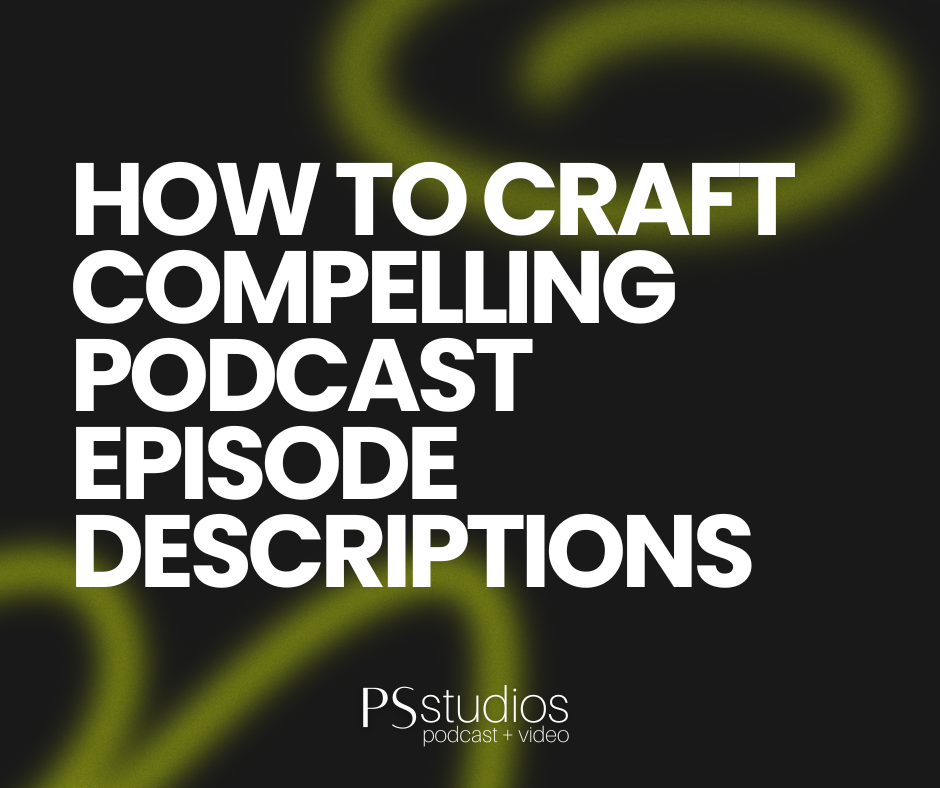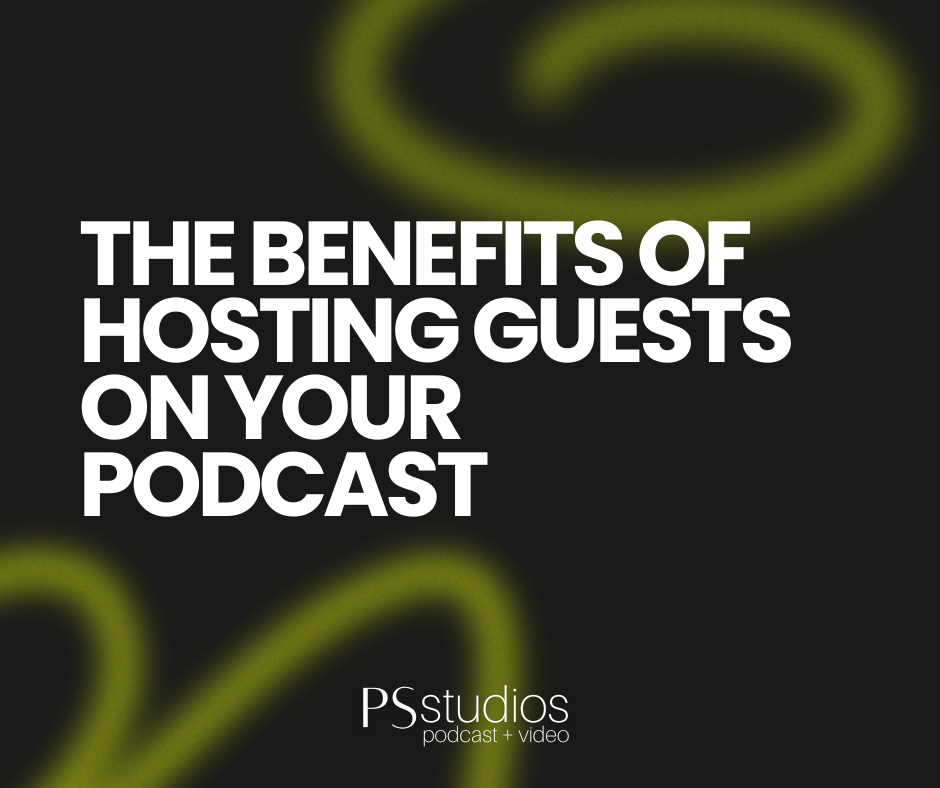
How to Craft Compelling Podcast Episode Descriptions
Creating compelling podcast episode descriptions is essential for attracting listeners and boosting your show’s discoverability. A well-crafted description not only informs potential listeners about the content but also entices them to hit the play button. Here’s how to write engaging and effective podcast episode descriptions.
1. Start with a Hook
The first few sentences of your episode description should grab the listener’s attention. Start with an intriguing question, a surprising fact, or a compelling statement related to the episode’s content. This hook sets the tone and encourages the reader to continue.
2. Provide a Summary
Give a concise summary of what the episode is about. Highlight the main topics, key points, and any special guests. Ensure that your summary is clear and informative, giving listeners a good idea of what to expect without giving away too much.
3. Include Keywords
Incorporate relevant keywords into your episode description to improve SEO. Keywords help your podcast appear in search results on podcast directories and search engines. Use the keyword “Podcast Episode Descriptions” naturally within your summary and other parts of the description.
4. Highlight Key Takeaways
Mention the key takeaways or benefits listeners will gain from the episode. This could be actionable advice, interesting insights, or valuable information. Highlighting these points can persuade potential listeners to tune in.
5. Introduce Guests
If you have guest speakers, briefly introduce them and mention their relevance to the episode’s topic. Include any notable achievements or expertise that add credibility and interest. This not only provides context but also draws in listeners who may be fans of your guest.
6. Add a Call to Action
Include a call to action (CTA) at the end of your description. Encourage listeners to subscribe, leave a review, or follow you on social media. A clear and compelling CTA can increase listener engagement and help grow your audience.
7. Keep It Concise
While it’s important to provide enough information, keep your episode descriptions concise. Aim for 150-200 words. Brevity ensures that your description is easy to read and quickly digestible, making it more likely that potential listeners will read the entire description.
8. Use Bullet Points
If your episode covers multiple topics or has several segments, consider using bullet points to organize the information. Bullet points make the description easier to scan and highlight the structure of the episode.
9. Maintain a Consistent Tone
Ensure that your episode descriptions reflect the tone and style of your podcast. Whether your podcast is serious, humorous, or conversational, your descriptions should match this tone to create a cohesive brand experience.
10. Proofread and Edit
Always proofread and edit your episode descriptions before publishing. Check for spelling and grammar errors, and ensure the description flows well. A polished and professional description reflects well on your podcast and can attract more listeners.
Crafting compelling podcast episode descriptions involves starting with a hook, providing a clear summary, incorporating keywords, highlighting key takeaways, introducing guests, adding a call to action, keeping it concise, using bullet points, maintaining a consistent tone, and proofreading. By following these tips, you can create engaging descriptions that attract listeners and enhance your podcast’s discoverability.
Interested in starting a podcast or upleveling your existing show? Schedule your free discovery call with our expert production team at PS Studios. During this call we will discuss your goals, timeline, and how we can help. We work with clientele across the country and look forward to chatting with you!



